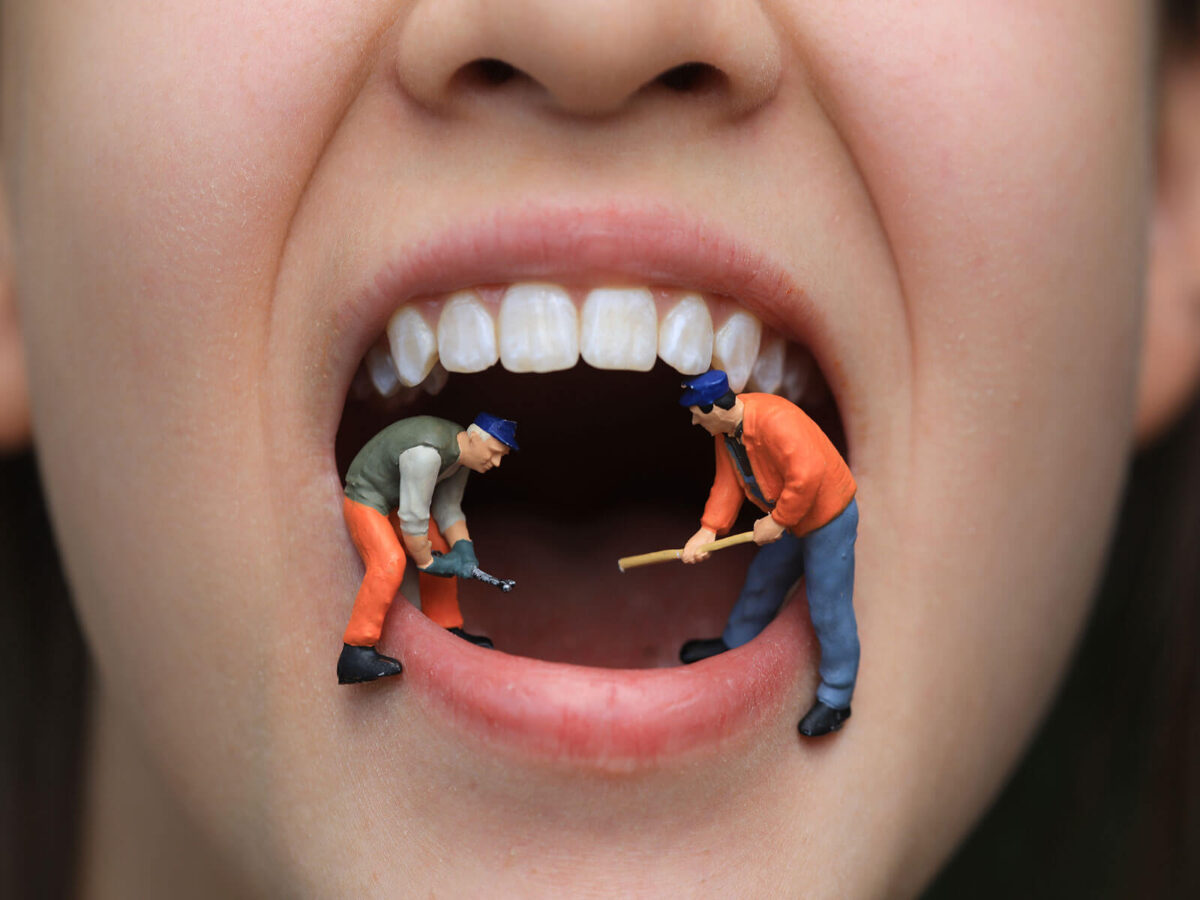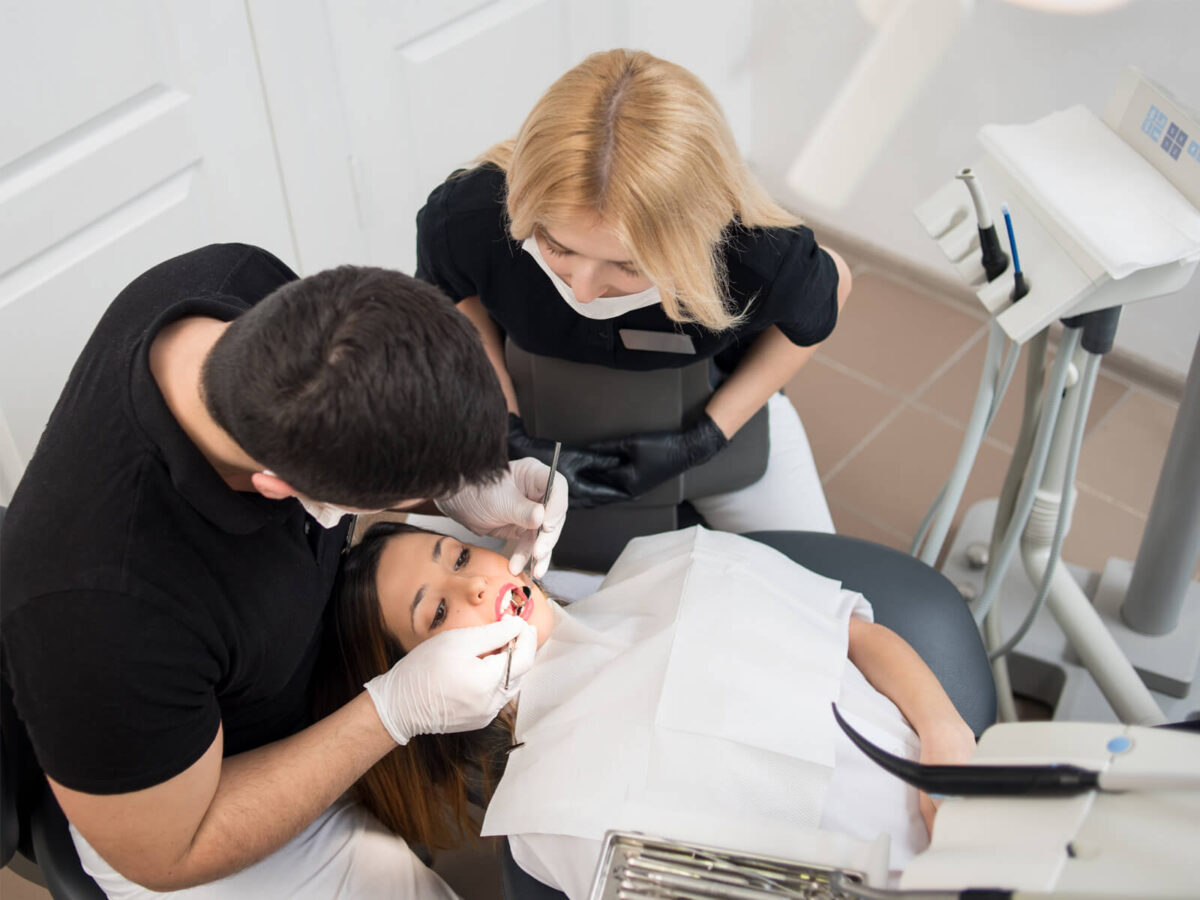Full mouth reconstruction is a comprehensive, customized dental treatment plan that addresses a variety of oral health issues, including severe tooth damage, missing teeth, and functional problems. This transformative approach extends beyond cosmetic enhancements to restore both the aesthetics and functionality of the entire mouth. We will explore the benefits and impact of full mouth reconstruction, highlighting the positive changes it can bring to an individual’s oral health and overall well-being.
Benefits and Impact:
Complete Oral Restoration:
- Full mouth reconstruction adopts a holistic approach, addressing multiple dental issues simultaneously. It involves restoring teeth, gums, the jawbone, and other supporting structures to rejuvenate overall oral health.
Enhanced Smile:
- This procedure improves the overall appearance of the smile, addressing issues like tooth discoloration, misalignment, and irregularities. Advanced dental materials and techniques ensure a natural and cohesive smile appearance.
Functional Restoration:
- It corrects biting issues, ensuring optimal jaw alignment and function, and allows for efficient chewing and digestion by replacing missing or damaged teeth.
Treatment of Multiple Dental Problems:
- Versatile in nature, it addresses a variety of dental issues like cavities, gum disease, and decay. The treatment plan is customized to the individual’s specific needs, ensuring a personalized approach to oral health restoration.
Improved Comfort and Oral Health:
- The reconstruction process can alleviate discomfort from decaying or damaged teeth and contributes to long-term oral health by addressing underlying dental issues comprehensively.
Long-Term Durability:
- Utilizing high-quality dental materials ensures the longevity of restorations like crowns, bridges, and implants, offering long-term results and minimizing the need for frequent procedures.
Functional and Cosmetic Harmony:
- The reconstruction process aims for a harmonious balance of functional and aesthetic improvements, often resulting in high patient satisfaction with the outcome.
Staged Approach:
- The reconstruction can be performed in stages, allowing for a phased treatment approach tailored to the individual’s comfort and preferences, prioritizing urgent dental conditions while planning for more extensive changes over time.
Key Outcomes:
- Restored Confidence: A healthy, attractive, and functional smile significantly boosts confidence.
- Improved Oral Hygiene Habits: Undergoing full mouth reconstruction often motivates individuals to maintain excellent oral hygiene, contributing to long-term dental health.
- Enhanced Quality of Life: Restoring dental health and functionality enhances overall quality of life, from improved speech and chewing to a revitalized sense of well-being.
- Prevention of Future Issues: By resolving existing dental issues comprehensively, full mouth reconstruction helps in preventing future oral health problems.
Conclusion:
Full mouth reconstruction is a transformational dental procedure that comprehensively addresses various oral health issues and offers cosmetic benefits. Focused on complete restoration, it provides aesthetic improvements, functional upgrades, and long-term dental health benefits.
The positive impact of full mouth reconstruction on an individual’s confidence, comfort, and overall quality of life extends far beyond the smile. If considering full mouth reconstruction, a consultation with a qualified dentist or prosthodontist can help develop a tailored treatment plan suited to your specific needs and objectives.



